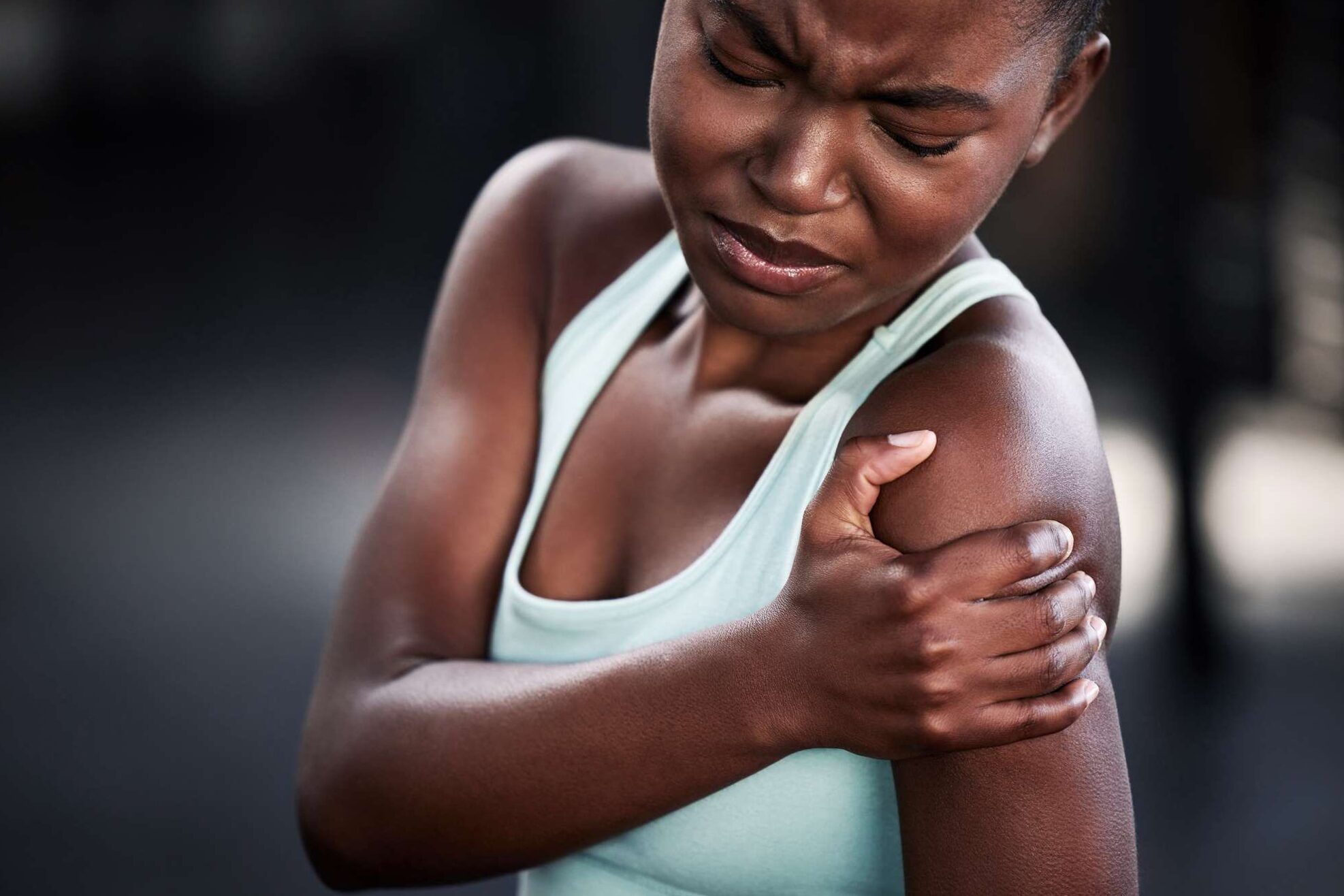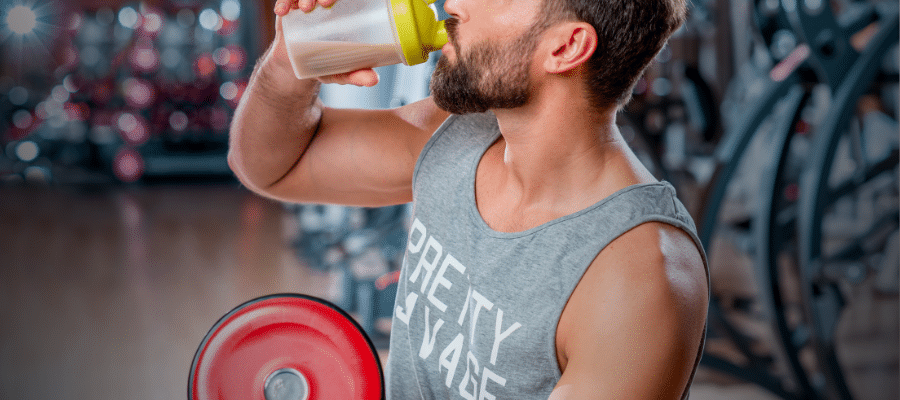You just finished an intense training session in the gym educa-eco And do you feel pain in the muscles?
Don’t panic, it’s completely normal!
THE muscle gripAlthough unpleasant, it is a sign that your body adapts and strengthens.
In this article, we will explore this phenomenon, its causes and above all how to manage it effectively to continue progressing on your fitness trip.
What is muscle pain?
Muscle paino Doms (delayed muscle indolencement), generally manifests itself within 24-48 hours of an intense or unusual physical effort.
It is characterized by rigidity, pain and sometimes slight swelling of the urged muscles.
These sensations are the result of micro-tare in muscle fibers, a natural process that occurs when the body is pushed beyond its usual limits.
Muscle soreness, although uncomfortable, is actually a positive sign that your body is adapting and getting stronger. In this article, we will explore this common phenomenon—what it is, why it happens, and most importantly, how you can manage it effectively to keep progressing on your fitness journey.
What Is Muscle Soreness?
Muscle soreness, often called DOMS (Delayed Onset Muscle Soreness), typically appears within 24 to 48 hours after an intense or unfamiliar physical activity. You may notice stiffness, tenderness, or even slight swelling in the muscles you worked during your exercise.
This soreness occurs because of tiny microscopic tears in your muscle fibers, known as micro-tears. These micro-tears happen naturally when you push your muscles beyond their usual limits—whether it’s lifting heavier weights, trying new exercises, or increasing your workout intensity. Although the sensation can be uncomfortable, it is a natural part of the muscle-building and strengthening process.
Why Does Muscle Soreness Occur?
When muscle fibers experience micro-tears, the body initiates a repair process to heal the damage. This repair process causes inflammation in the affected area, which leads to the pain and stiffness you feel. As your muscles heal, they become stronger and better able to handle similar physical stress in the future.
How to Manage Muscle Soreness Effectively
-
Rest and Recovery: Giving your muscles time to recover is essential. Avoid overworking the sore muscles while allowing light activity to promote blood flow and healing.
-
Stay Hydrated: Drinking plenty of water helps flush out toxins and reduces inflammation.
-
Proper Nutrition: Consuming protein and anti-inflammatory foods supports muscle repair and recovery.
-
Gentle Stretching and Movement: Light stretching or low-impact activities like walking or swimming can ease stiffness.
-
Use Heat or Cold Therapy: Applying ice packs can reduce inflammation shortly after exercise, while heat therapy helps relax tight muscles afterward.
-
Massage or Foam Rolling: These techniques increase blood flow and reduce muscle tightness.
Why do you have pain?

When a muscle is subject to high stress, as during a resistance or resistance workout, it undergoes micro-trauma.
This process is essential for muscle growth: after a period of rest and recovery, the body repairs these fibers, strengthens and adapts them to future efforts.
The pains They are therefore a sign that your body works hard to improve.
How to manage pain?
WELL The pains They are inevitable, there are several strategies to manage them and minimize their impact on training:
1. Hydration: Make sure to drink enough water before, during and after the session. Good hydration helps to reduce inflammation and promotes recovery.
2. Heating and stretching: Never neglect the heat before starting training. Sweet stretching after effort can also help release muscle tension.
3. Rest Active: Instead of remaining inactive, opt for reading activities such as walking, yoga or swimming. These delicate exercises promote blood circulation and accelerate recovery.
4. Balanced diet: Consume foods rich in proteins and nutrients to help repair muscles. Omega-3s, antioxidants and vitamins also play a crucial role in reducing inflammation.
5. Recovery techniques: Remember to integrate massages, warm bathrooms or relaxation techniques such as meditation to soothe muscles and mind.
The pains, ally of your progress
It is essential to understand it The pains It should not be perceived as an obstacle, but rather as an indicator of your progress.
In time and regularity, you will notice that these pains become less frequent and less intense as your body adapts to effort.
Don’t forget, a educa-ecoWe are here to accompany you during your trip.
Conclusion
Muscle pain It is an integral part of the experience of any fitness lover, that you are a beginner or expert athlete.
By learning to manage this feeling well, you can continue to train effectively and achieve your goals.
To your next session a educa-ecoDo not forget to listen to your body and give your muscles the time they need to recover and strengthen!
Do not hesitate to share your suggestions to manage the pain in the comments below!
Latest Posts Published

He lost 12 pounds in 60 days! Find out how Violeta managed

Excessive intake: how to stop eating excessively

How to get from 85 kilograms to just 71 in 60 days? Discover Elena Cojocari’s success story – A true champion!

Muscle mass foods Blog fitnessmamama.ro

Dietary mistakes to avoid

Square recipes for weight loss – impress your family

He lost 15 kilograms in 60 days. Discover the story of 60 -year -old

Higher abdomen exercises – without equipment

What kind of weight loss exercises can you do at home? Blog fitnessmamama.ro


